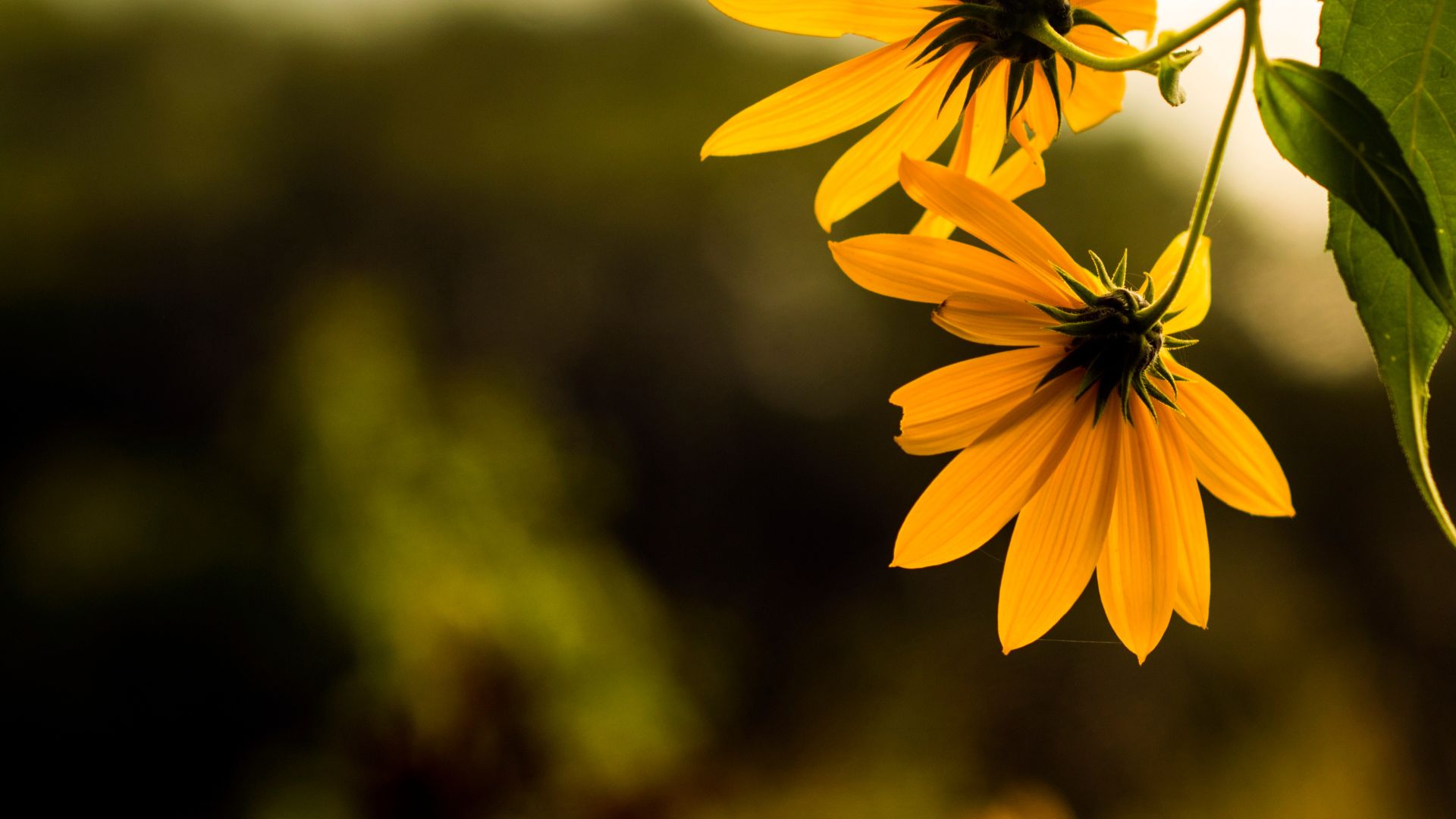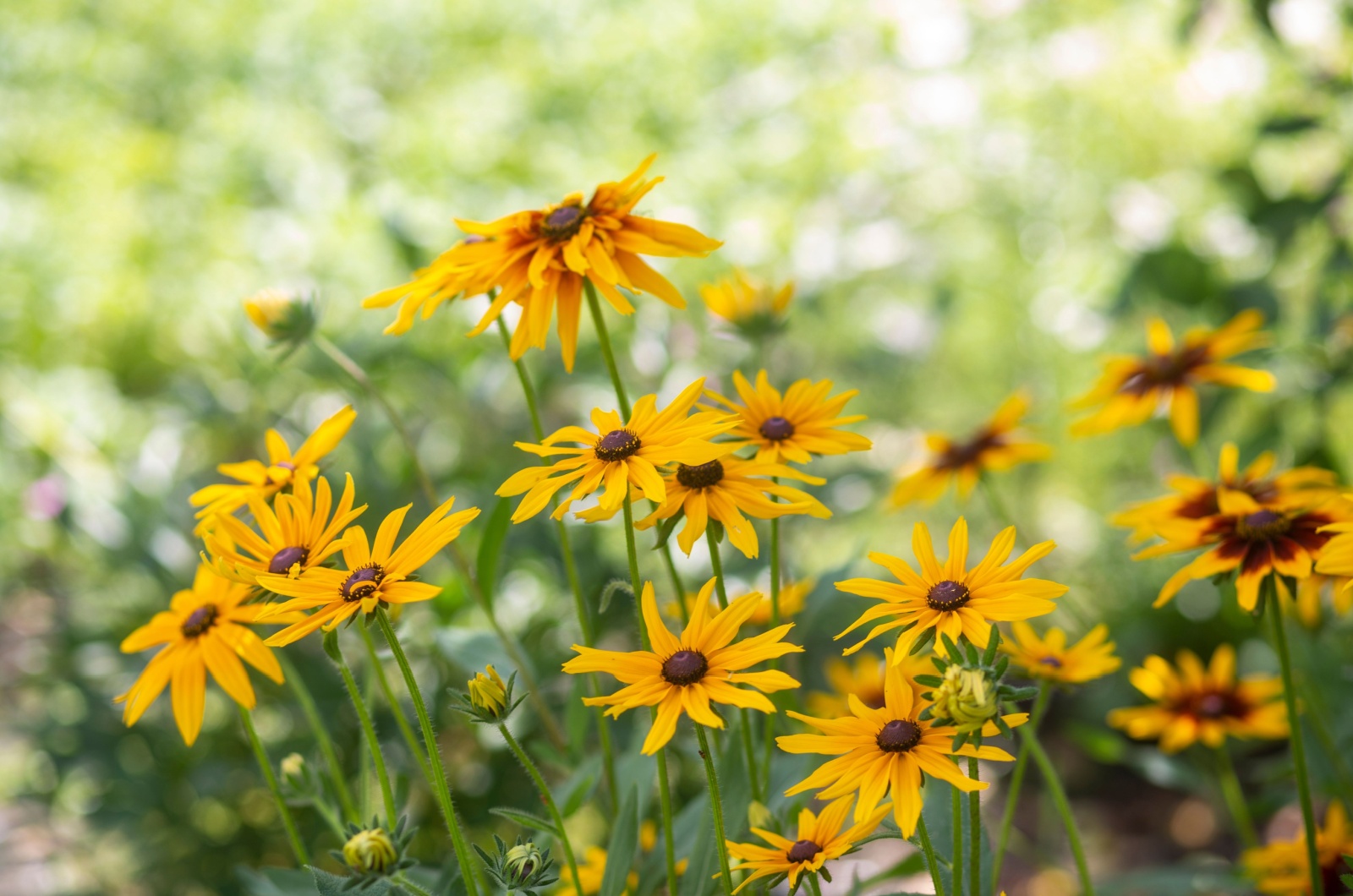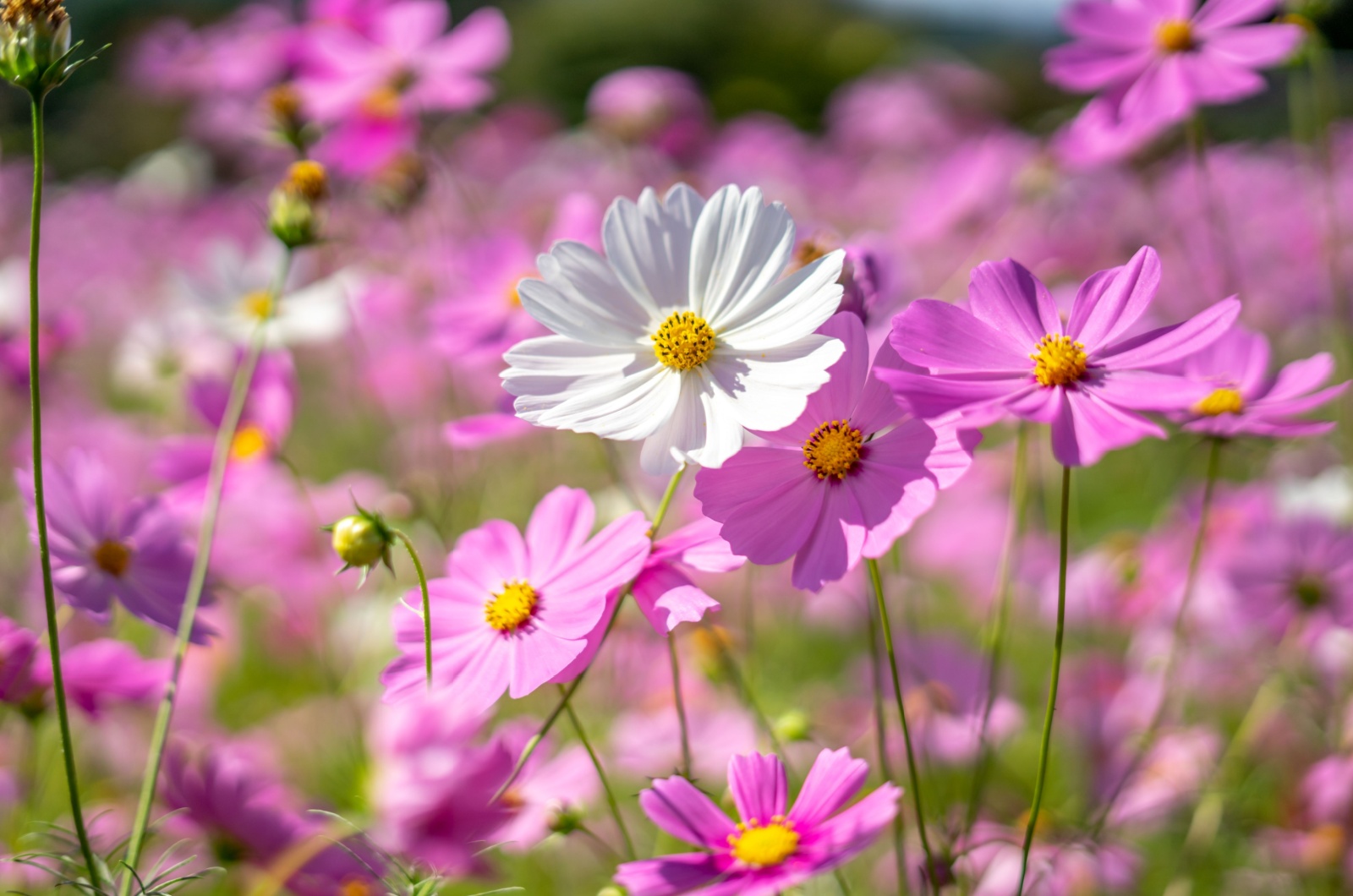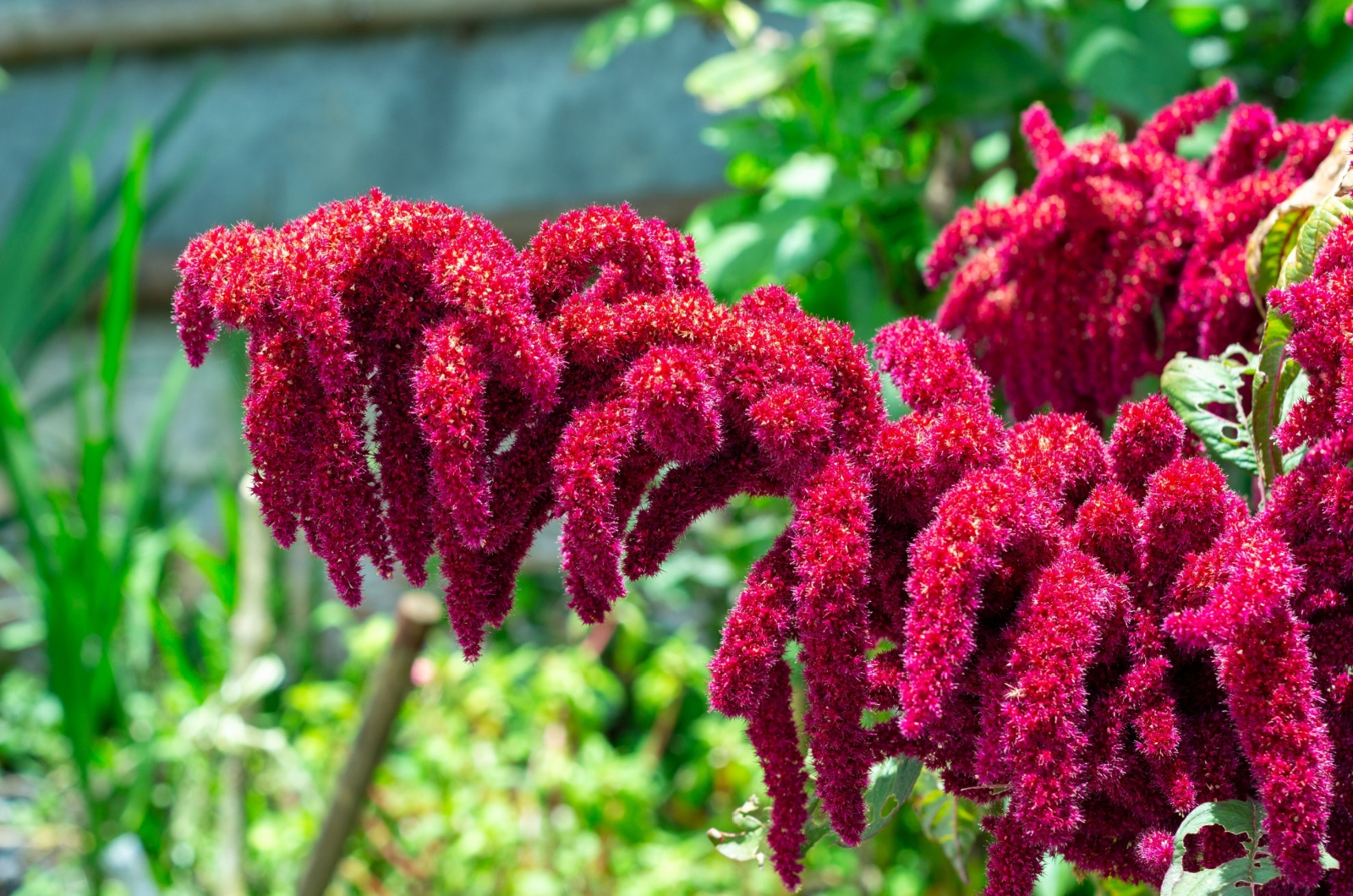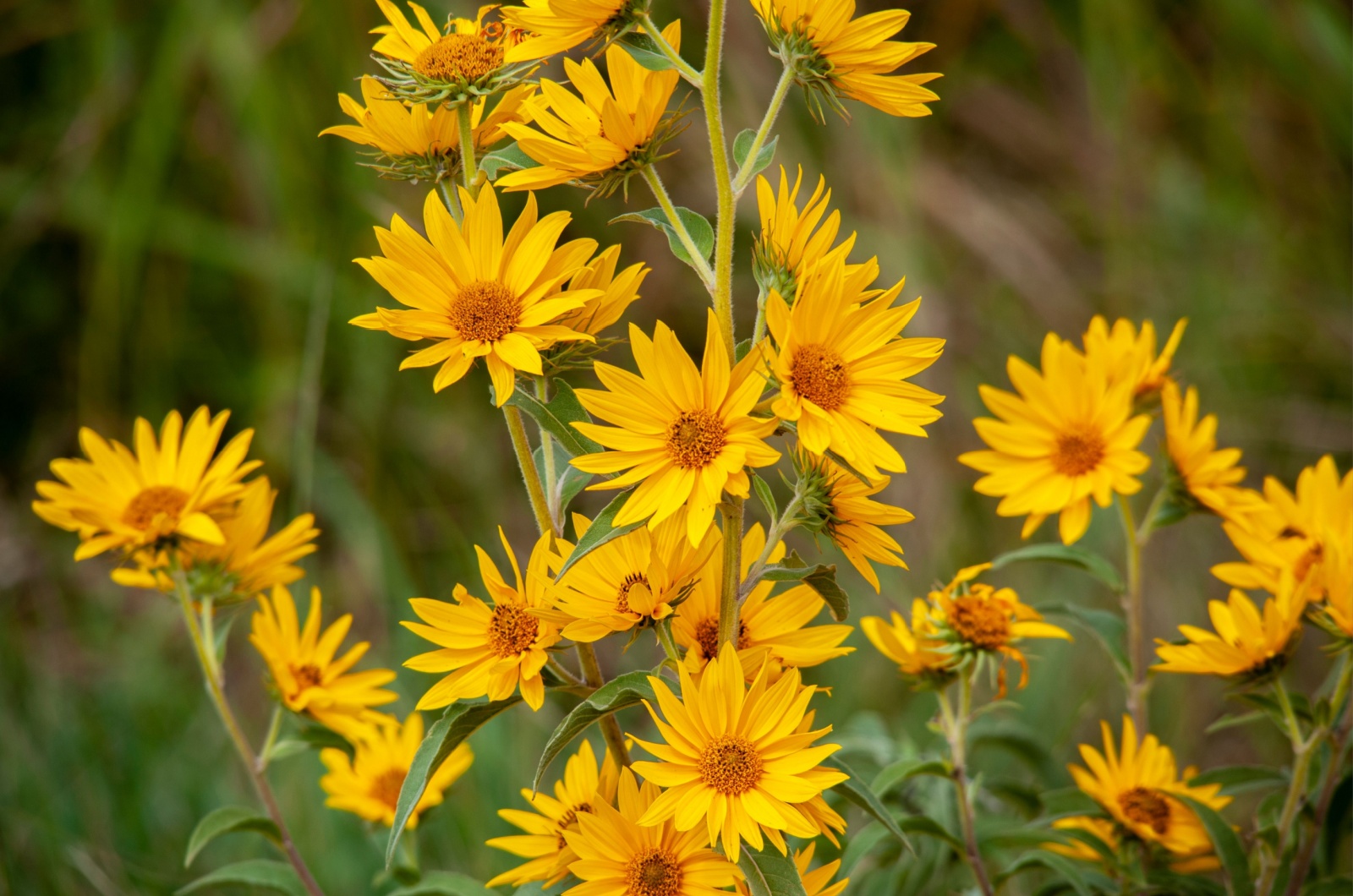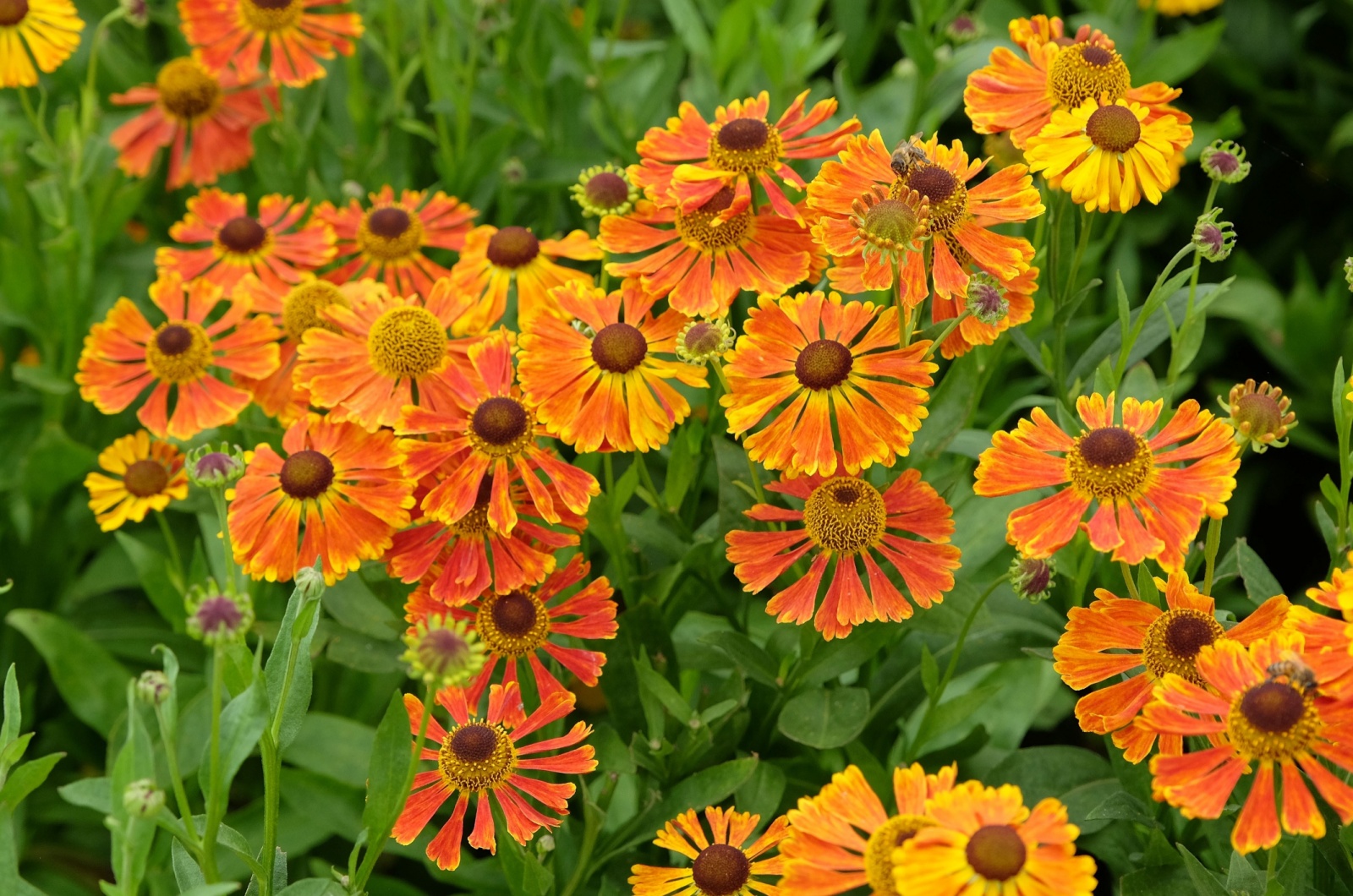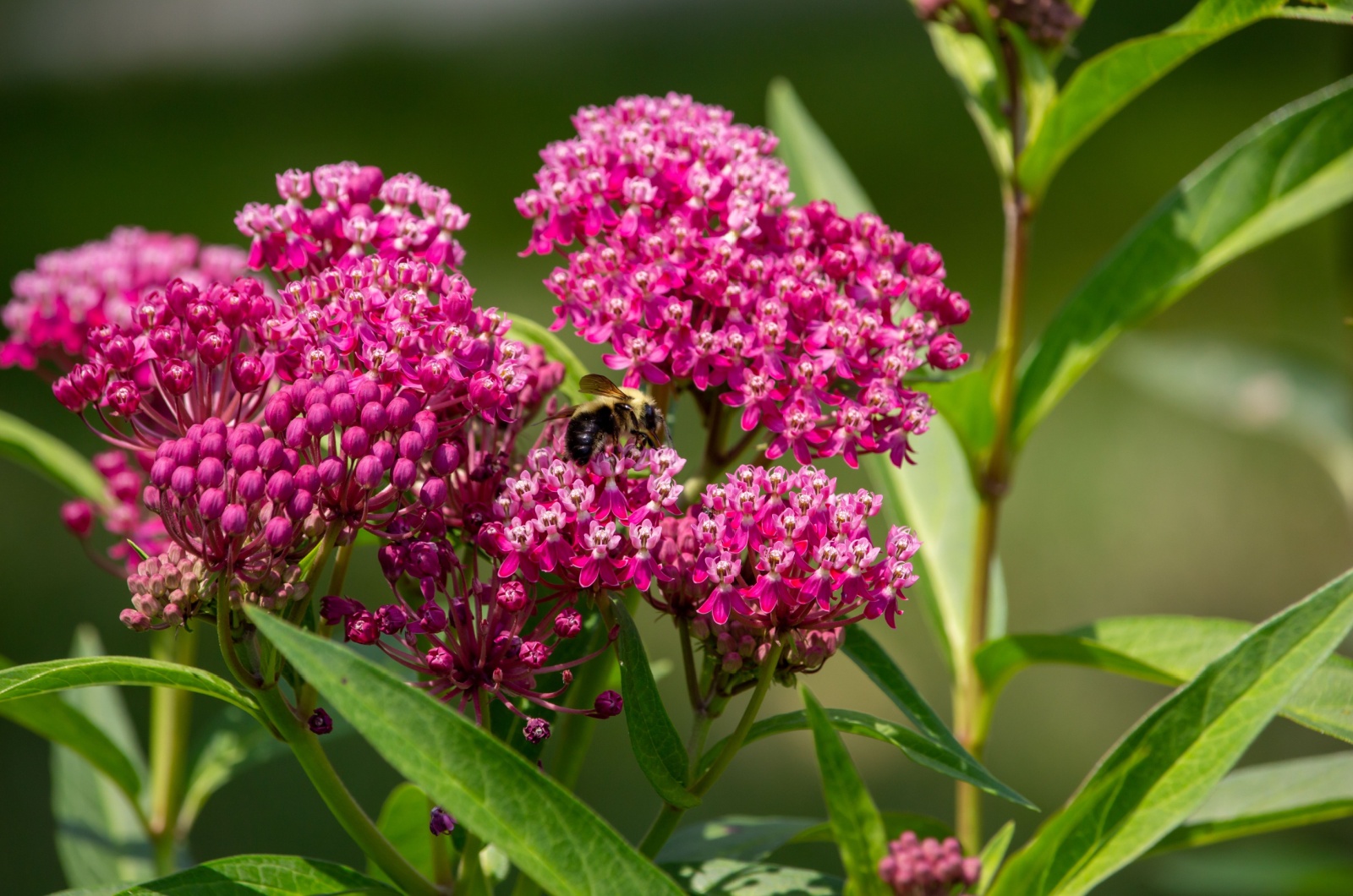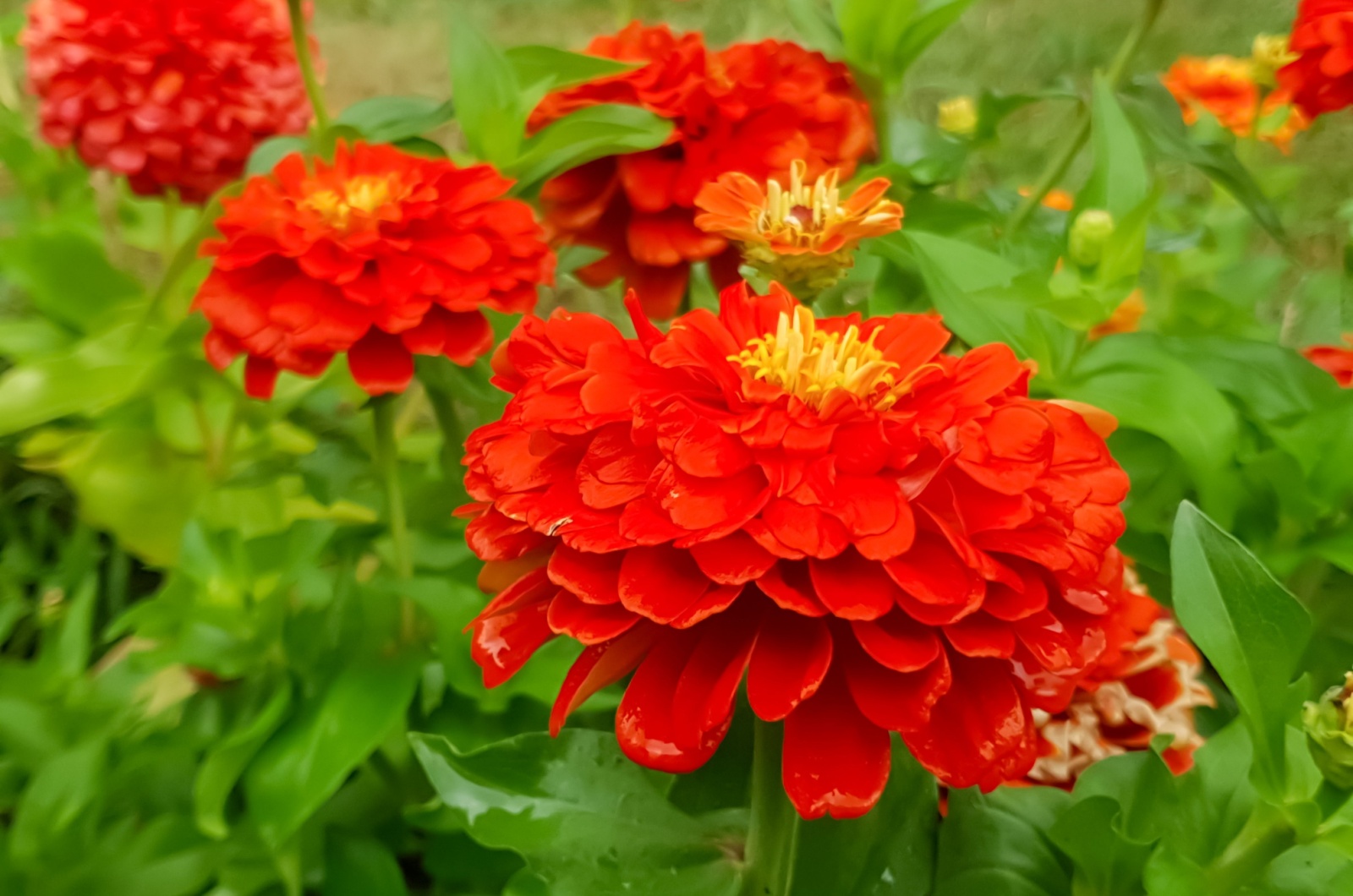Ah, fall – the season of crisp air and pumpkin spiced lattes (and yes, I’m totally guilty of indulging!). While we’re all cozying up in sweaters, our gardens might still be thriving. Wondering how?
Well, that’s because there’s still plenty of action with fall-blooming pollinator plants!
I’ll admit, the first time I planted fall pollinators, I wasn’t expecting much. I mean, who really thinks of bees and butterflies when the leaves are turning? But, boy, was I wrong.
As soon as those zinnias and susans bloomed, my garden started buzzing like crazy (even though the temperatures were dropping!).
So, if you are interested in keeping your garden alive well into fall, I’ll gladly share the plants that’ll attract pollinators (no matter how chilly it gets).
1. Bees Absolutely Love Black-Eyed Susan
I’ve recently become a huge fan of black-eyed Susans, and let me tell you that I’m not the only one – bees adore these lovely flowers as well!
Honestly, it’s such a joy to watch these tiny pollinators flying around and gathering nectar from their cheerful blooms.
Black-eyed Susans are native to almost every corner of North America. These hardy plants are prolific growers, producing a multitude of large, sunny yellow flowers that are like bee magnets.
If you are planning on growing them, then you should know this: The Downside Of Black-Eyed Susan Vines That No One Will Tell You About
2. Cosmos Will Get The Garden Buzzing
Cosmos is one of those garden beauties that always brings the buzz (quite literally!).
With their delicate, fern-like foliage and lively blooms in pink, orange, yellow, purple, red, and white, they’re a feast for the eyes and the pollinators.
You’ll often spot them along highways in the southern U.S., doing their part to keep native pollinators and honeybees thriving.
I’ve got the ‘Rubenza’ variety growing in my garden this fall, and I’m already excited for their blooms. And the best part is that they self-seed like wildflowers, so expect them to grow all over the place!
This might be helpful: 9 Shocking Reasons Your Cosmos Aren’t Blooming And The Simple Fixes You Need To Know
3. Bees, Butterflies, Hummingbirds, And Amaranth
Amaranth is one of those plants that really does it all – it’s beautiful and packed with nutrients.
No matter if you’re growing it for its looks or because it’s nutritious, amaranth delivers. What’s also great about this flower is that it’s a favorite of bees, butterflies, and hummingbirds because of its nectar-rich blooms.
Their beautiful red and pink flowers will keep your garden lively from summer until the first fall frost. Plus, they’re native to most parts of the U.S, so you probably won’t have any issues growing it!
4. Everybody Loves Maximilian Sunflowers
Sunflowers are a goldmine for humans, animals, and pollinators, and the perennial Maximilian sunflower is no different.
These tall, fast-growers light up the garden with their cheerful yellow blooms and are native to the central U.S., where they thrive on wild prairies.
Maximilian sunflowers bloom all fall, attracting butterflies, honey bees, and a variety of wild bees. And also, their seed heads are edible!
You can either harvest them for yourself or leave them out to feed overwintering birds and small critters. I’d pick some and leave most of them for lovely animals outside.
Related: If You Love Sunflowers But Want Color In The Winter, Plant This Flower Instead
5. Pollinators Adore Sneezeweed
Have you heard about Aster flowers? If so, then you must’ve heard about sneezeweed!
This plant can be found in North America and in some parts of Canada as well (hello, neighbors!).
With its dainty 1-2 inch flowers and wedge-shaped petals around a central disk, it’s a standout member of the Aster family.
This plant thrives in moist soil and full sunlight. Its quirky name comes from its historical use as a snuff to induce sneezing, once believed to banish evil spirits.
Nowadays, we know the plant is toxic in large amounts, but its blooms are widely popular among pollinators.
6. Swamp Milkweed Is An All Time Favorite Among Pollinators
When most gardeners think of milkweed, they think about the plant that attracts Monarch butterflies.
While this milkweed is a vital food source for Monarchs gearing up for their spring migration, it’s not the only game in town – let me introduce you to swamp milkweed, a North American native that’s equally fantastic for pollinators.
Swamp milkweed is a must-have for any pollinator garden, serving as a larval host plant for Monarchs and providing nectar for a whole host of other insects, from butterflies and bumblebees to native bees and beetles.
With its blooms lasting from spring to the first frost, this plant ensures that pollinators keep coming back to your garden almost all year round.
Also read: Short on Garden Space? Try A Pot-Based Pollinator Garden To Attract More Pollinators
7. Finish Your Fall Garden With Zinnias
I saved you the best for last: the infamous zinnia flowers.
These beauties are practically foolproof to grow. You can sow them directly in the spring or summer, and they’ll start blooming about 60 days later, continuing their colorful display until the first frost.
Although zinnias are usually annuals, they often self-seed, so don’t be surprised if they make a comeback next year!
Zinnias are a magnet for pollinators, especially butterflies. Monarchs and Swallowtails can’t resist their nectar-rich blooms, and you might even spot a hummingbird or two making a pit stop at your zinnias.
With a wide range of colors and petal shapes, zinnias are a delightful addition to any yard’s aesthetics!
Not only do they add beauty and variety, but they also make fantastic cut flowers (now your indoors will be lively too, but keep those windows closed!).
Choose one of these plants (or combine them all) so you can enjoy a thriving garden long after the summer has ended.
Related: Make Your Garden Bloom With Zinnias By Following These Easy Cutting Steps

